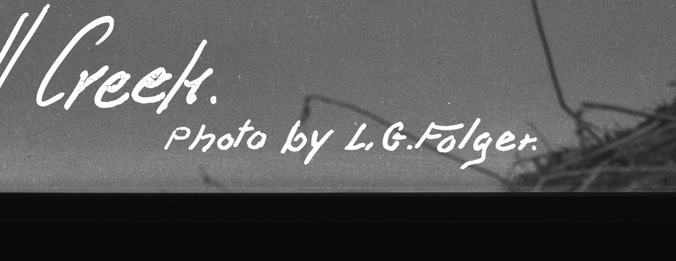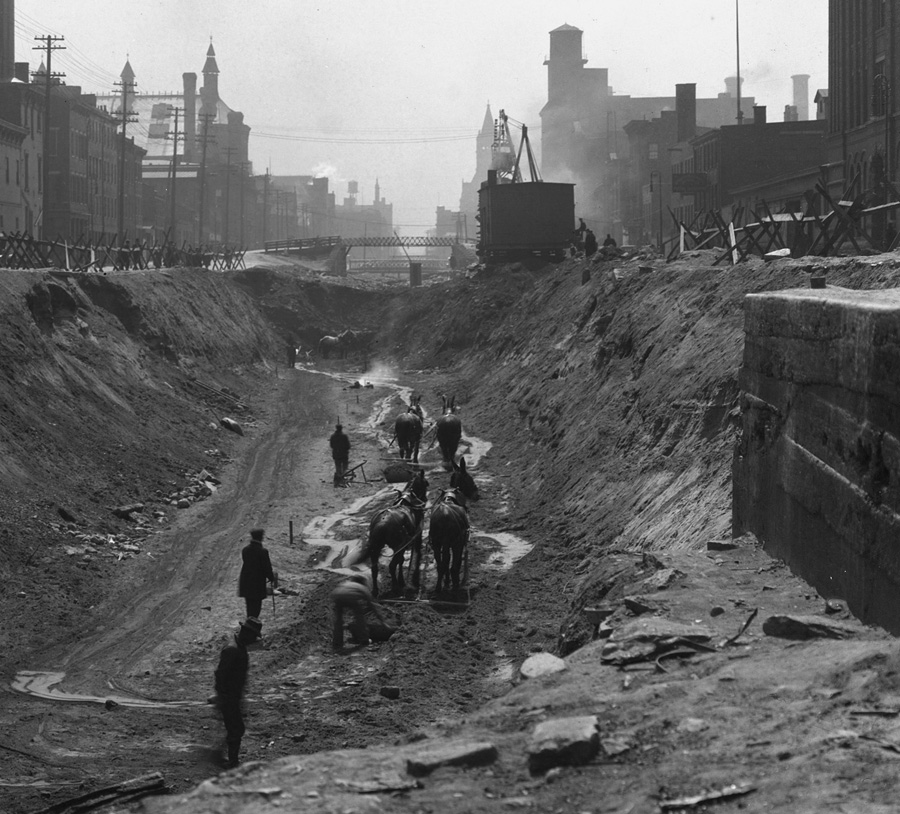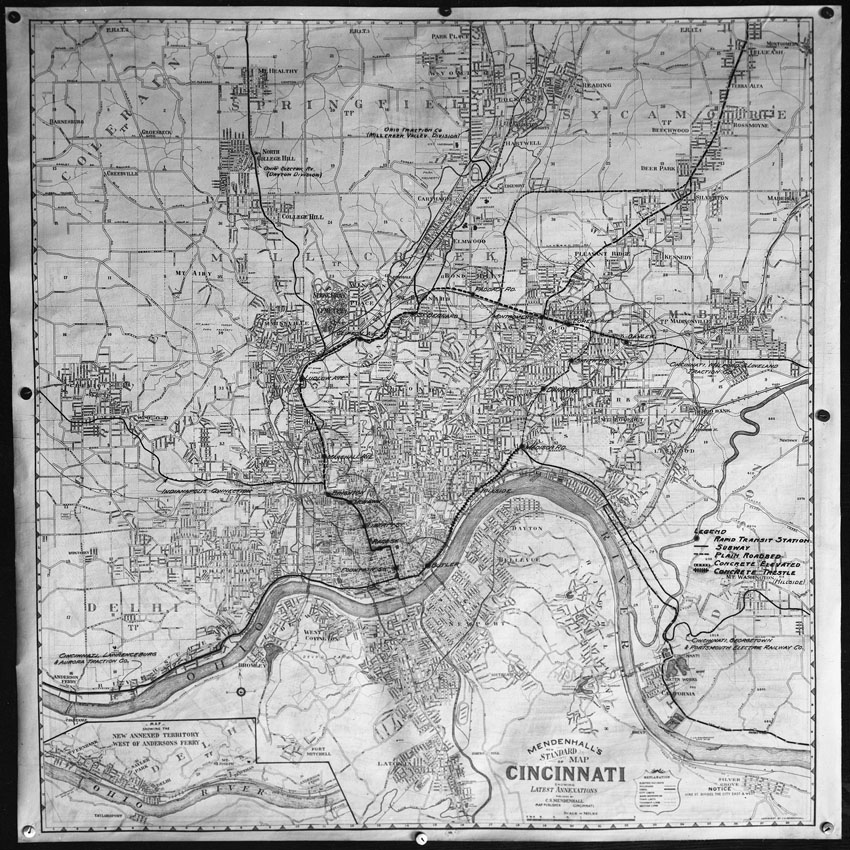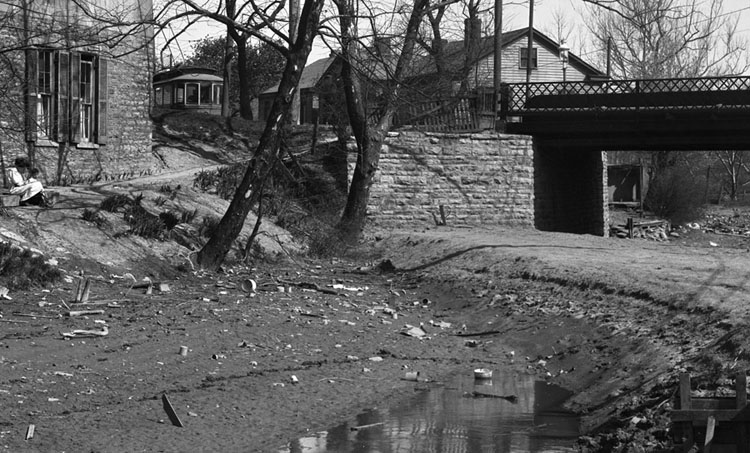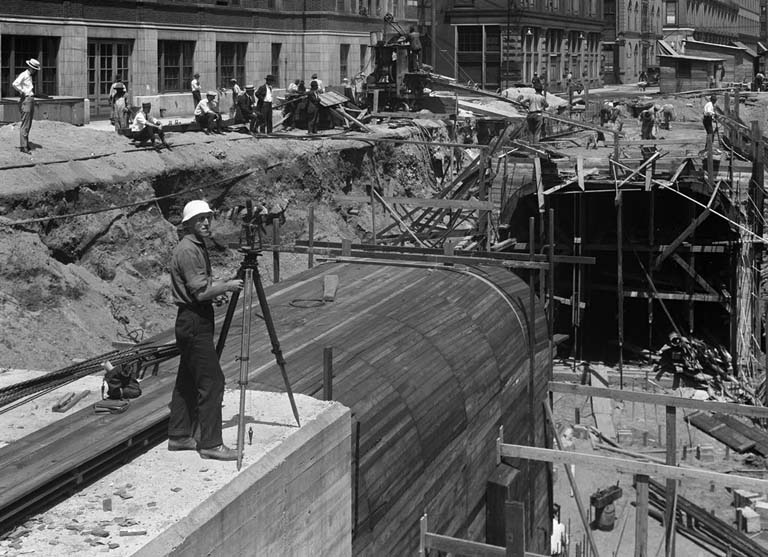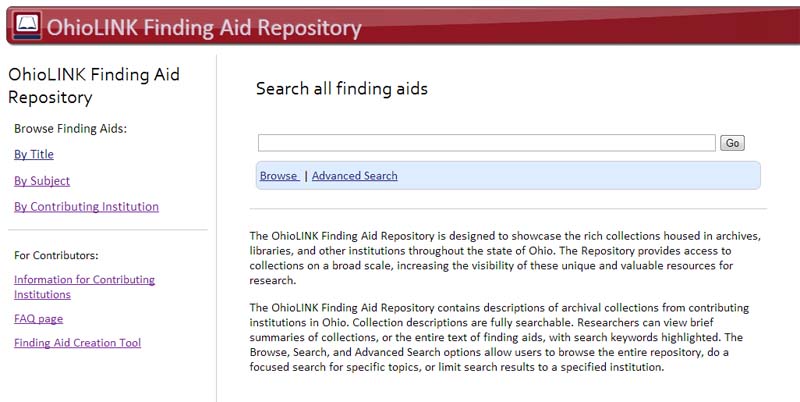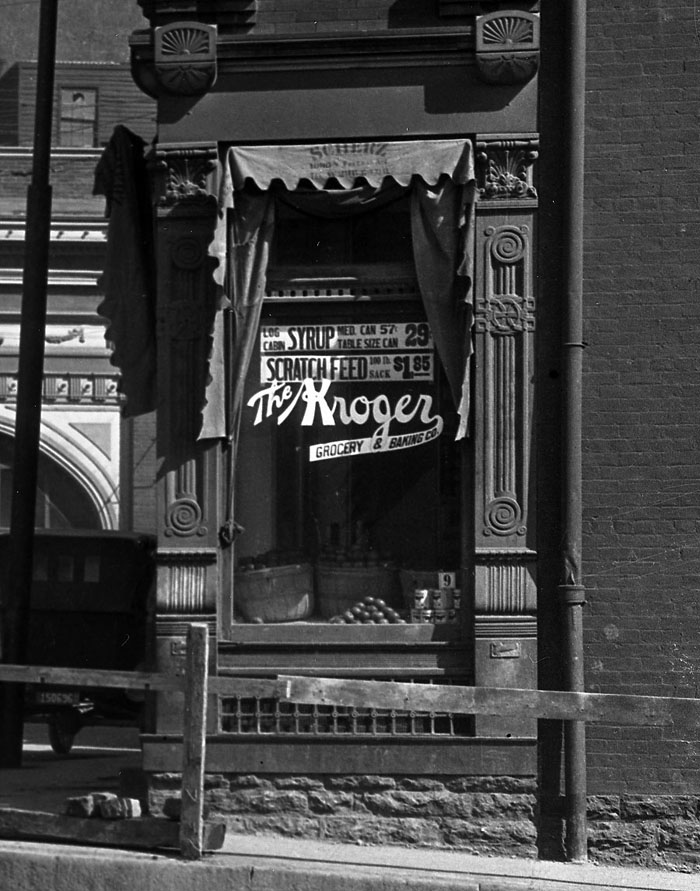By: Angela Vanderbilt
The proposed subway route crossed through several neighborhoods north and west of downtown Cincinnati, as did the street improvement projects of the 1920s – 1950s. Whether the project involved razing a bridge over the canal to make room for bulldozers or digging trenches to lay new sewer lines before paving streets, the photographers captured these streets and neighborhoods in their images, and noted the location in the majority of photographs.
As mentioned in the blog “A Changing Landscape”, negatives of the subway project have date and location information written along the outer edge. When printed, this information is not visible. But later photographs, and the majority of street improvement photographs, have this information directly within the frame of the image, which was made visible when printed. Generally located in the lower left corner, this information provides the viewer with a quick and easy point of reference. Continue reading

